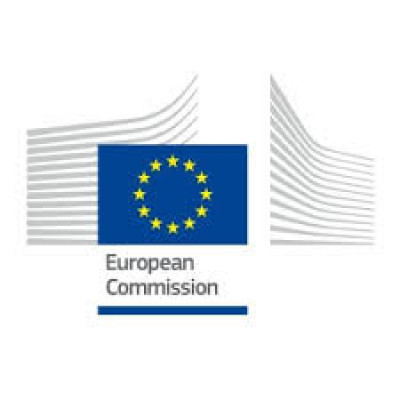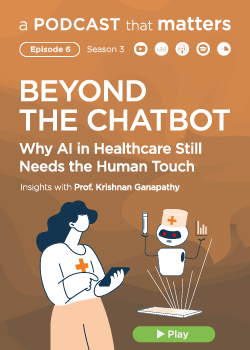Print

Valorization of pig carcasses through their transformation into biofuels and organic fertilizers - VALPORC
Details
Locations:Spain
Start Date:Sep 1, 2014
End Date:Aug 31, 2017
Contract value: EUR 1,986,312
Sectors: Agriculture & Rural Development, Energy, Pollution & Waste Management (incl. treatment)
Categories:Grants
Funding Agencies:
Date posted:May 28, 2019
Description
Project reference: LIFE13 ENV/ES/001115
Description:
Current processes to manage animal by-products from the pig sector, specially animal carcasses and manure, involve a serious environmental problem, as they represent high amounts and they are not valorized since they are mostly disposed in landills or incinerated.
In this situation, the goal of the LIFE + VALPORC is to demonstrate a sustainable alternative to the management of pig carcasses and manure, focusing on the environmental problems derived from its current management and valorizing these wastes by transforming them into biofuels (biogas and biodiesel) and organic fertilizers, with the corresponding environmental and socio-economic added value. To achieve this goal, the following specific objectives have been identified:
• Production of high quality meal and fat for their later valorization as biofuel, through an energy efficient treatment process of pig carcasses that meets the health and safety requirements of current legislation for this type of wastes.
• Production of a second generation biodiesel from animal fats from category 2, by demonstrating an innovative and efficient process based on cavitation technology.
• Use of meat and bone meal from category 2 and glycerin as new substrates for biogas production by their co-digestion with pig manure.
• Implementation of new pre-treatment systems, based on ultrasonic technology, that improve the efficiency of the anaerobic digestion from the substrates used in the project
• Obtaining a high quality organic fertilizer
• Reducing the carbon footprint of products from the primary sector.
• To enhance the impact and scope of the project, both at national and European level, through the intensive dissemination of the project and its results among the identified stakeholders.
The project will develop a prototype treatment process for pig carcasses toobtain high-quality meal and fat for subsequent use. The process will allowflexible operating conditions to optimise energy efficiency. It will meet all thehealth and safety requirements of current legislation for this type of waste.The meat and bone meal (category 2) and glycerine obtained will be used as newsubstrates in biogas production in a co-digestion process with pig manure. Toimprove the efficiency of the anaerobic digestion and optimise the biogasproduction, the project will implement a new pre-treatment system of the animalby-product inputs, based on ultrasonic technology.The project will also seek to use animal fats from category 2 to produce secondgeneration biodiesel. It will develop a prototype plant for demonstrating aninnovative and efficient process based on cavitation technology.Finally, the project will produce an organic fertiliser from the digestate andacidic waste from the biodiesel production process. It will then demonstrate theagronomic potential of this fertiliser.
Expected results:
Treatment of 1.0 tonne/day of pig carcasses to produce high-quality mealand fat for the production of biofuels;Use of ultrasonic technologies as a pre-treatment process, providingefficiencies of volatile solids removal of at least 80% from animalby-product substrates for biogas production;Transformation of 80% of the organic matter content of meat and bone meal– category 2 - into biogas (65% methane);Transformation of 80% of the organic matter content of pig manure intobiogas (65% methane);Transformation of 90% of the animal fats – category 2 - into biodieselthrough a prototype process – up to 100 litres/hour - using cavitationtechnology;Use of the remaining 20% of the organic matter content of the meat andbone meal as organic fertiliser with demonstrated agronomic potential;A 100% reduction of contaminant emissions related to the currentmanagement of pig carcasses by incineration - CO2, NOx, dioxins andfurans, etc.

